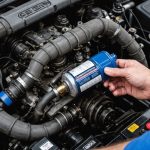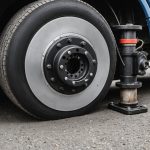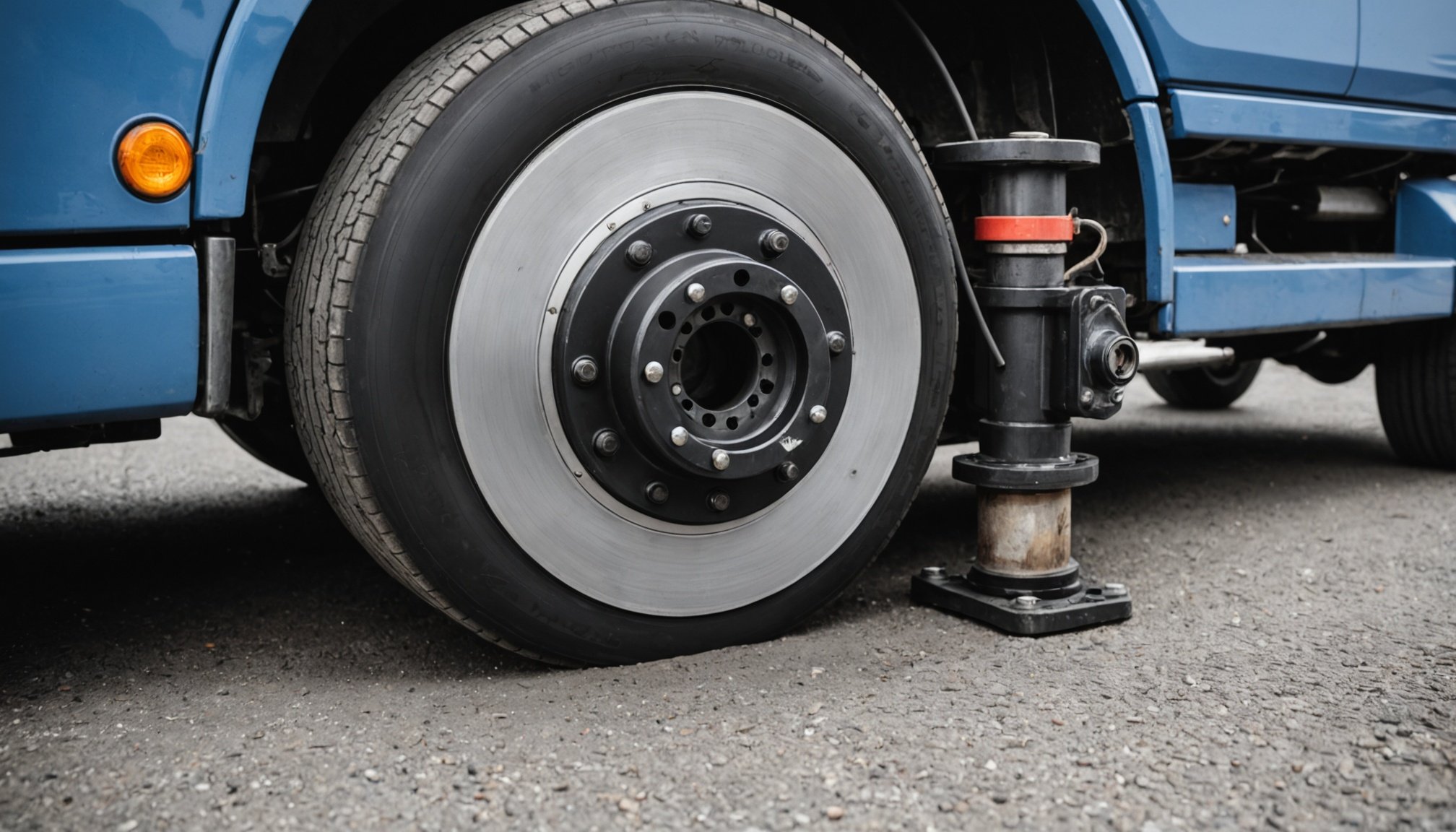Importance of Hydraulic Brake Maintenance
Ensuring hydraulic brake maintenance is carried out routinely is crucial for maintaining vehicle safety standards. Hydraulic brakes play an essential role in a vehicle’s ability to stop effectively and safely. Neglecting regular maintenance can lead to performance longevity issues, compromising the braking system’s efficiency. An unchecked system may endure wear and tear, making it susceptible to malfunctions that could result in longer stopping distances or even brake failure.
Regular maintenance, therefore, is not just about upkeep but is pivotal for adhering to safety standards that are set both nationally and internationally. These standards are designed to ensure systems are functioning optimally, protecting both the vehicle’s occupants and others on the road. By following the recommended hydraulic brake maintenance schedule provided by manufacturers, vehicle owners can avert potential safety hazards proactively and extend their system’s life.
Also read : Step-by-Step Guide: Installing an Aftermarket Suspension Lift Kit on Your British Off-Road Vehicle
Neglecting these standards not only breaches safety regulations but endangers driver and passenger safety. It’s advisable to check the hydraulic fluid levels periodically, inspect hoses for signs of cracks or leaks, and ensure components are free from dust and debris. Proper maintenance safeguards against unnecessary risks, ensuring your braking systems maintain performance longevity.
Maintenance Routines for Hydraulic Brakes
Regular maintenance routines are vital for ensuring the longevity and performance of hydraulic brake systems. Keeping up with these routines can prevent costly repairs and ensure safety.
In the same genre : Top Tips for Upholding Your British Performance Car’s Exhaust System: Best Practices for Optimal Maintenance
Daily Inspection Checks
Daily checks begin with a visual inspection checklist to catch signs of leaks or wear early on. Brake systems should be inspected for fluid levels, ensuring they remain within the manufacturer’s recommended range. The quality of the brake fluid is also essential; it should be free of debris or contamination. Observing the brakes’ performance during normal operations is another crucial step. Listen for unusual noises and note any changes in the stopping power or pedal feel.
Weekly Maintenance Tasks
Each week, focus on routine care by examining brake pads and discs. Pads should have adequate thickness and show even wear, while discs should remain smooth without grooves. Cleaning and lubricating components prevent friction and corrosion. Pay attention to any unusual sounds or feelings when braking, as these could indicate emerging issues.
Monthly Comprehensive Inspections
Monthly, conduct thorough checks of hydraulic lines and fittings for cracks or leaks. If the system includes ABS, inspect these components as well. Lastly, maintain detailed maintenance logs to keep track of inspections and repairs. Regular updating of these records ensures compliance with safety standards and aids in early detection of potential issues.
Common Hydraulic Brake Issues and Troubleshooting
Hydraulic brakes play a crucial role in vehicle safety, but they are not without their problems. Understanding common issues and how to troubleshoot them ensures your brakes perform optimally.
Soft Brake Pedal Response
A soft brake pedal often signifies air in the brake lines, worn-out brake pads, or a failing master cylinder. Begin by checking for air in the system; bleeding the brakes can often restore firmness. If the problem persists, investigate the condition of the brake pads and the master cylinder. Should either show signs of wear, replacing these components is advised to maintain safety and performance.
Brake Fluid Contamination
Contaminated brake fluid can lead to reduced effectiveness. Symptoms typically include a discoloured fluid or a spongy pedal feel. To diagnose contamination, visually inspect and assess the fluid’s clarity. If required, proceed with a complete flushing and replacement of the brake fluid to prevent further complications.
Unusual Noises During Braking
Unexplained noises may indicate worn brake pads, loose components, or foreign objects lodged within the brake assembly. Identify the type of sound—such as squealing, grinding, or clicking—to pinpoint potential issues. Resolving these noises often involves replacing worn components or securing loose parts to ensure your braking system remains reliable.
Tips for Optimal Hydraulic Brake Performance
Enhancing hydraulic brake performance requires a blend of mindful driving habits and routine professional maintenance. Achieving this balance ensures that your brakes remain effective and reliable.
Driving Habits that Enhance Brake Longevity
Driving habits play a crucial role in extending brake lifespan. Opt for gentle driving; it causes less wear compared to hard braking. Practice smooth, gradual braking, which lessens the stress on your brakes. To avoid excessive wear, adapt your driving style to the conditions, whether it’s wet, icy, or uneven terrain, ensuring you’re not overusing your brakes.
Professional Maintenance Guidance
For optimal performance, professional maintenance is key. Consult a professional when you observe any hydraulic brake issues. Certified service centers offer expertise tailored to your vehicle’s specific needs. Routine services might include brake fluid checks, pad replacements, and system diagnostics.
Keeping Up with Regulations and Standards
In the UK, several regulations impact hydraulic brake maintenance. Compliance ensures both safety and legality. Regularly review government publications to stay informed about any changes in standards. Utilize resources such as auto forums or workshops to keep up-to-date with the latest legal requirements. This diligence will help maintain the integrity and functionality of your braking system.
Safety Precautions in Brake Maintenance
When it comes to brake maintenance, observing safety precautions is crucial to ensuring not only your safety but also the effectiveness of the maintenance work.
First and foremost, wearing appropriate safety gear is essential. This includes gloves to protect your hands from chemicals and sharp objects, safety goggles to shield your eyes, and steel-toed boots to prevent foot injuries from heavy, falling components.
Lifting and securing vehicles safely is another critical aspect of maintenance safety. This involves using jack stands to support the vehicle once lifted and ensuring that the operational safety of the hoisting equipment is verified before use. Always park the vehicle on a flat surface and engage the handbrake to prevent accidental movement.
In case of hydraulic fluid spillage, having a clear set of emergency protocols is fundamental. Liquids on the floor can create slip hazards, so it is important to clean any spills immediately and safely. Keep absorbent materials at hand for swift action. Additionally, ensure well-ventilated spaces to mitigate the risks of inhaling fumes from these substances.
By following these safety measures, you can conduct brake maintenance more confidently and efficiently, minimizing risks for yourself and others involved.
Conclusion and Implementation
Adhering to a strict maintenance schedule is crucial to ensure optimal performance maximization for your equipment. Regular upkeep not only extends the lifespan but also guarantees the highest level of efficiency. By consistently following a maintenance implementation plan, issues can be addressed before they escalate.
To achieve peak performance levels, it’s essential to integrate and review best practices regularly. This includes routine inspections, timely servicing, and ensuring that all components are functioning correctly. It’s an approach that not only maximizes performance but also mitigates risks of breakdowns.
Furthermore, embracing a mindset of continuous learning and adaptation is vital in the realm of maintenance practices. As technology evolves, so do the methods and tools available for equipment care. Staying informed about industry advancements will aid in refining your maintenance schedules and improving overall execution strategies.
- Emphasize scheduling regular checks
- Keep abreast of industry trends
- Adapt practices based on performance analytics
Ultimately, the commitment to consistent schedule adherence plays a significant role in the successful implementation of a maintenance plan. This practice not only fosters a culture of diligence but also supports an environment where equipment reliability and efficiency are prioritized.











